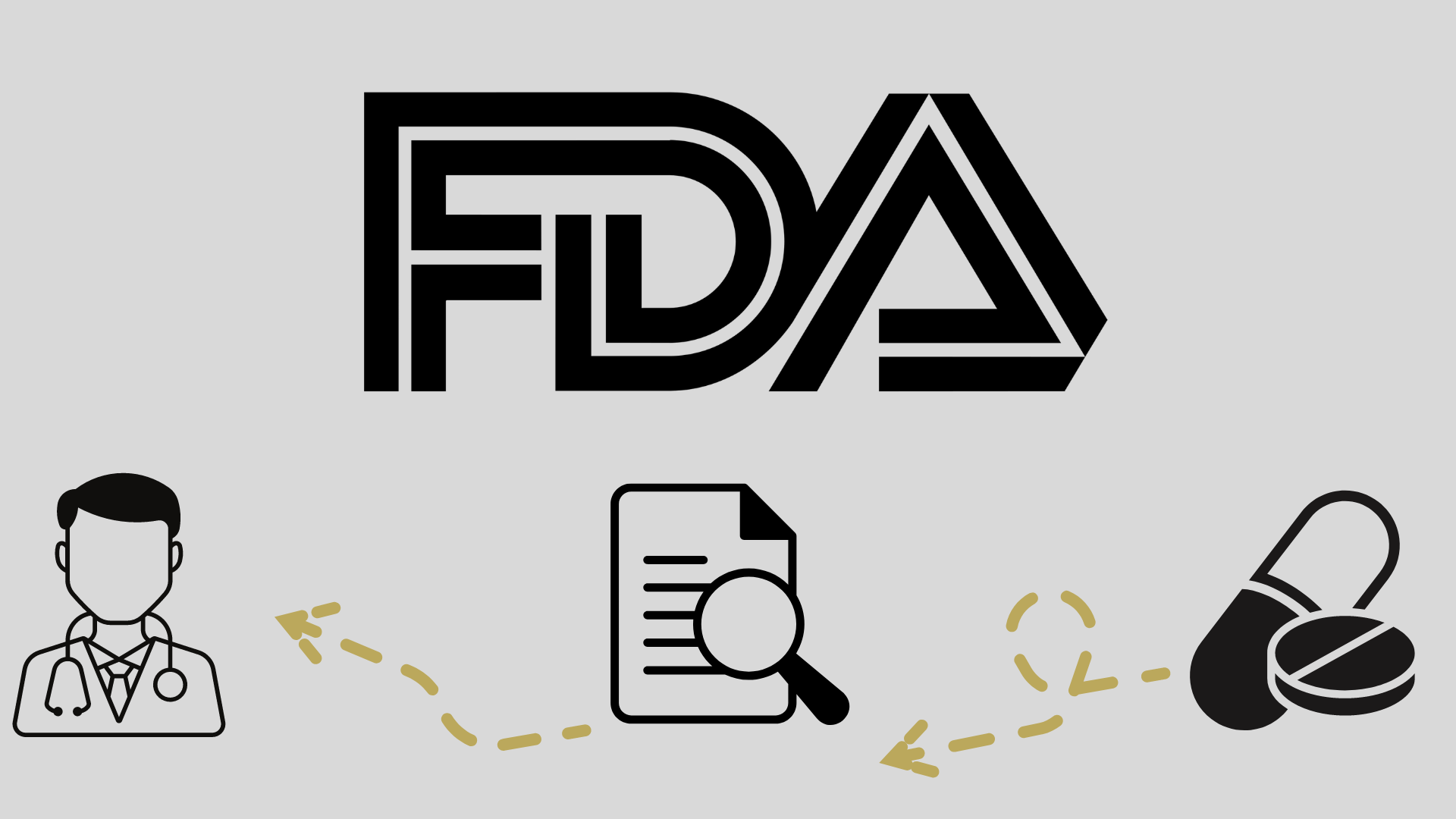
FDA Greenlights Capivasertib/Fulvestrant in Breast Cancer With PIK3CA, AKT1, PTEN Alterations

The FDA has approved capivasertib with fulvestrant for adult patients with hormone receptor-positive, HER2-negative, locally advanced or metastatic breast cancer harboring 1 or more PIK3CA, AKT1, or PTEN alterations.
- Findings from the phase 3 CAPItello-291 trial (NCT04305496) support the approval of capivasertib (Truqap) plus fulvestrant (Faslodex) in hormone receptor (HR)-positive, HER2-negative, locally advanced or metastatic breast cancer that harbors 1 or more PIK3CA, AKT1, or PTEN alterations.
- The FDA also approved the FoundationOne®CDx assay as a companion diagnostic device to identify patients with breast cancer for treatment with the combination of capivasertib with fulvestrant.
- The recommended dose of capivasertib is 400 mg orally twice daily, with or without food, for 4 days followed by 3 off days until disease progression or unacceptable toxicity.
The FDA has granted approval to the combination of capivasertib (Truqap) with fulvestrant (Faslodex) for the treatment of adult patients with HR-positive, HER2-negative, locally advanced or metastatic breast cancer that harbors 1 or more PIK3CA, AKT1, or PTEN alterations, as detected by an FDA-approved test, following progression on 1 or more endocrine-based regimen in the metastatic setting or recurrence on or within 12 months of completing adjuvant therapy.1
In addition to this regulatory decision, the FDA also approved the FoundationOne®CDx assay as a companion diagnostic device to identify patients with breast cancer for treatment with the combination of capivasertib with fulvestrant.
Data from the phase 3 CAPItello-291 trial support this approval. Capivasertib and fulvestrant (n = 155) generated a median progression-free survival (PFS) of 7.3 months (95% CI, 5.5-9.0) compared with 3.1 months (95% CI, 2.0-3.7) with placebo plus fulvestrant (n = 134; HR 0.50; 95% CI, 0.38, 0.65; P <.0001).1,2
In the overall population, 335 patients were treated with capivasertib arm and had a median PFS of 7.2 months (95% CI, 5.5-7.4). This compared with a PFS of 3.6 months (95% CI, 2.8-3.7) among the 353 patients treated with placebo plus fulvestrant (n = 353; HR, 0.60; 95% CI, 0.51-0.71; P <.001).2
In an exploratory analysis of 313 patients without PIK3CA/AKT1/PTEN alterations, the combination demonstrated a numerical improvement in PFS, however, the result was not statistically significant (HR, 0.79; 95% CI, 0.61, 1.02). This showed that the PFS difference in the overall population was primarily attributed to the benefits seen in patients with tumors harboring PIK3CA/AKT1/PTEN alterations.1
For safety, the most common adverse events occurring in at least 20% of patients in the capivasertib arm consisted of diarrhea, cutaneous adverse reactions, increased random glucose, decreased lymphocytes, decreased hemoglobin, increased fasting glucose, nausea, fatigue, decreased leukocytes, increased triglycerides, decreased neutrophils, increased creatinine, vomiting, and stomatitis.1
Now, the recommended dose of capivasertib is 400 mg orally twice daily, with or without food, for 4 days followed by 3 off days until disease progression or unacceptable toxicity.
About the Study
A total of 708 patients with locally advanced or metastatic HR-positive, HER2-negative breast cancer were included in the randomized, double-blind, placebo-controlled, multicenter CAPItello-291 trial, and 289 patients had PIK3CA/AKT1/PTEN-altered tumors.
The study included adult patients with histologically confirmed disease following recurrence or progression during or following treatment with an aromatase inhibitor, with or without a CDK4/6 inhibitor, and up to 1 line of chemotherapy for advanced disease.1
Once enrolled in the study, patients were randomized 1:1 and treated with 400 mg of oral capivasertib 400 mg or placebo twice per day for 4 days, followed by 3 days off, in 28-day treatment cycles. Patients included in both arms also were given 500 mg of intramuscular fulvestrant on days 1 and 15 of cycle 1, which was then given every 28 days after. Patients continued to receive treatment until disease progression or unacceptable toxicity.
PFS in the overall patient population and in the population of patients whose tumors had PIK3CA, AKT1 or PTEN alterations in the AKT pathway were the primary end points of the study. Investigators also evaluated the secondary end points of overall survival, objective response rate, and safety.








































